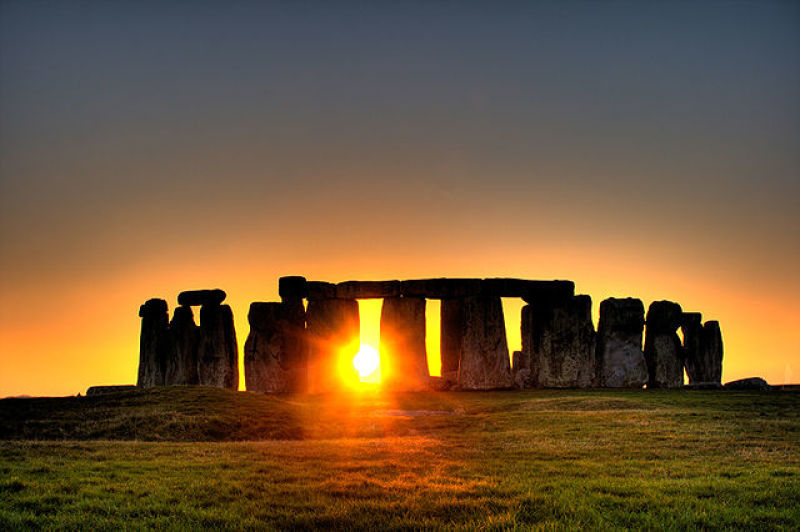
Researchers from the University of Bradford in England are calling for articles and publications about the Stonehenge's history to be rewritten due to a new discovery.
According to the researchers, they have found a new set of stones forming a prehistoric monument around 2 miles away from the Stonehenge site, USA Today reported.
The discovery, which has been dubbed as "superhenge" is older and larger than the iconic monument site. The researchers noted that the stones of "superhenge" were placed 4,500 years ago, making it about 1,000 years older than the Stonehenge. Many of them measured up to 15 feet in length and were lined in formation near the Neolothic settlement known as the Durrington Walls.
Spanning about a mile, the "superhenge" is now considered as the largest stone monument in the U.K.
Since the stone formations were buried under 3 feet of dirt, the researchers were able to make the discovery using ground-penetrating radar. They said that the stones were possible pushed by Neolithic settlers on their sides in an attempt to preserve them. As the landscape changed through the years, the stones became buried under the ground.
Overall, they discovered about 90 fully formed stones in the monument. Others were also found but have already fragmented beneath the ground.
Due to the size, positioning and condition of the newly found monument, the researchers believe it symbolized something vital for the settlers. They may have been used for religious rituals as well as traditional practices for the winter solstice since its location is aligned with the rising of the sun during this season.
"These things are theatrical," archeologist Vince Gaffney of the University of Bradford said according to NBC News. "They're designed to impress and impose; to give the idea of authority to the living and the dead. It really does create a massive impression."
"The stones had significance," he added. "These are special places. Societies are mobilized, as with the great cathedrals, to create these things.
In addition, the researchers noted that the significance of the "superhenge" could affect people's understanding of the Stonehenge. Since the former is older than the latter by about 1,000 year, it could provide valuable information regarding the Stonehenge's history and the civilization that built it.
"Everything written about the Stonehenge landscape and the ancient monuments within it will need to be rewritten," archaeologist Paul Garwood and the lead historian of the research team told CNN.



















